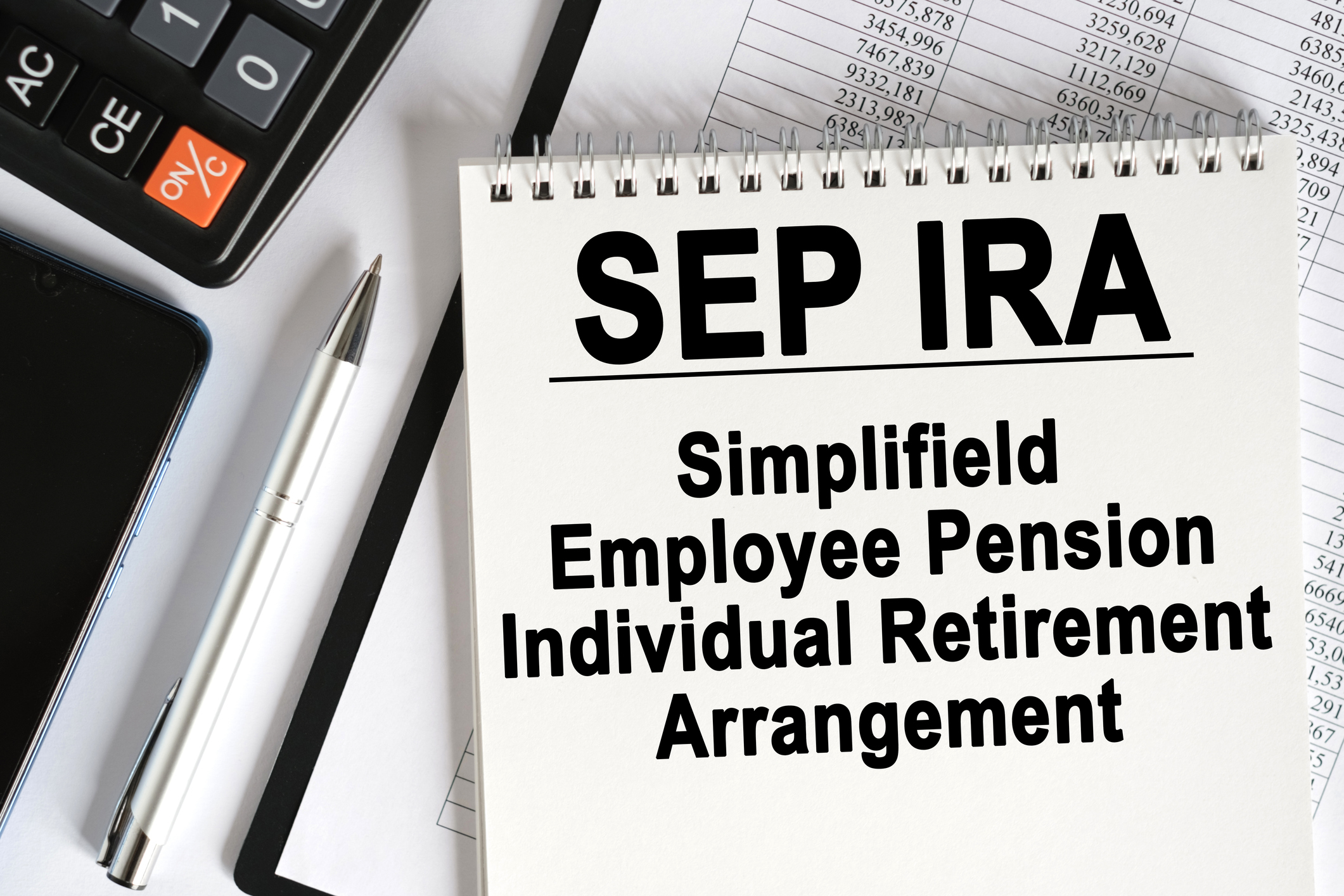Annuity Payouts That Rise With Cost of Living
New products hike payouts when costs rise, but they may not be worth the price.

EDITOR'S NOTE: This article was originally published in the August 2008 issue of Kiplinger's Retirement Report. To subscribe, click here.
Immediate annuities are attractive because they promise a guaranteed level of income for life, no matter what happens to the stock market or interest rates. But your fixed payout will buy less when the cost of living rises.
| Row 0 - Cell 0 | A Ladder of Annuities Can Hedge Your Bets |
| Row 1 - Cell 0 | An Income Stream to Last a Lifetime |
| Row 2 - Cell 0 | Create a Retirement Paycheck |
To combat that concern, several companies are starting to offer immediate annuities that increase the payout to keep up with inflation. Some raise payouts automatically by 3% or 5% a year. Others tie payouts to changes in the consumer price index. But this feature comes at a big cost: The payouts start much lower than they do with the fixed version.
From just $107.88 $24.99 for Kiplinger Personal Finance
Become a smarter, better informed investor. Subscribe from just $107.88 $24.99, plus get up to 4 Special Issues

Sign up for Kiplinger’s Free Newsletters
Profit and prosper with the best of expert advice on investing, taxes, retirement, personal finance and more - straight to your e-mail.
Profit and prosper with the best of expert advice - straight to your e-mail.
For example, a 65-year-old couple who invests $100,000 in a New York Life joint-life immediate annuity could receive $7,219 a year for the rest of their lives. Or they could buy a version that increases payouts by 5% a year, but their first check would only be $4,293.
Michael Gallo, senior vice-president of retirement income for New York Life, says that because of this difference, most people buy the fixed payout. "They're concerned about income today," he says.
But the longer you live, the more you'll benefit from the rising payout. With a 5% increase, the annual payment would grow to $11,389 by age 85 and $18,552 by 95. Meanwhile, the fixed annuity will continue to pay only $7,219 a year.
Your first check will be a bit higher if you increase payments by 3% a year, which is closer to recent inflation figures. The 65-year-old couple would receive $5,368 in the first year, and the annual payment would grow to $9,695 by age 85 and $13,029 by 95.
Is the Inflation Adjustment Worth It?
It takes about ten years for the annual payout on the annuity with the 3% increase to reach the level of the fixed payout -- $7,219 in the above example. You'll come out ahead with the inflation rider if you live beyond your life expectancy -- perhaps in your mid eighties. If you buy a joint annuity, a 65-year-old couple has an 85% chance that one spouse will live to 85 and a 36% chance that one will live to 95.
The importance of the inflation protection also depends on how much your regular expenses will grow, whether you have other sources of inflation-adjusted lifetime income, such as a pension, and how much money you have invested elsewhere.
If you're considering an immediate annuity, first add up your essential expenses in retirement, such as your mortgage, food, insurance premiums and utilities. Then subtract guaranteed sources of income, such as Social Security and a pension. Consider buying an annuity to fill in any shortfall.
A fixed-payout annuity may be fine if your biggest expense is a 30-year fixed mortgage and most of your income is from an inflation-adjusted pension and Social Security. Your other investments could fill in any gaps. The adjustment is more valuable if most of your expenses rise with inflation and you don't have an inflation-adjusted pension.
If your expenses tend to rise at the same rate as inflation, you may want to consider an immediate annuity that adjusts with the consumer price index. These products are more expensive than the payouts that rise by a set percentage; the insurer must make complex investments to be able to guarantee the payout. "You need to have a hedge of some kind, which adds a cost to the product," says Bret Benham, president of TIAA-CREF's life insurance company, which only offers fixed-percentage riders.
Vanguard offers one of the lowest-cost versions of the CPI-adjusted annuity. A 65-year-old man investing $100,000 in an annuity could get an annual payout of $8,784 for life, or he'd start with $6,768 if the payments increase by 3% a year. If he bought an annuity adjusted for changes in the CPI, his initial payout would be $6,576. If you think inflation could rise by more than 3%, then the $192 initial difference is a small price to pay to know that your payouts will keep up with rising costs.
For more authoritative guidance on retirement investing, slashing taxes and getting the best health care, click here for a FREE sample issue of Kiplinger's Retirement Report.
Profit and prosper with the best of Kiplinger's advice on investing, taxes, retirement, personal finance and much more. Delivered daily. Enter your email in the box and click Sign Me Up.

As the "Ask Kim" columnist for Kiplinger's Personal Finance, Lankford receives hundreds of personal finance questions from readers every month. She is the author of Rescue Your Financial Life (McGraw-Hill, 2003), The Insurance Maze: How You Can Save Money on Insurance -- and Still Get the Coverage You Need (Kaplan, 2006), Kiplinger's Ask Kim for Money Smart Solutions (Kaplan, 2007) and The Kiplinger/BBB Personal Finance Guide for Military Families. She is frequently featured as a financial expert on television and radio, including NBC's Today Show, CNN, CNBC and National Public Radio.
-
 Stocks Struggle for Gains to Start 2026: Stock Market Today
Stocks Struggle for Gains to Start 2026: Stock Market TodayIt's not quite the end of the world as we know it, but Warren Buffett is no longer the CEO of Berkshire Hathaway.
-
 Tip: Ways to Track Your Credit Card Rewards
Tip: Ways to Track Your Credit Card RewardsHere are the best strategies and apps to help you stay current with your credit card rewards.
-
 How New Investors Can Pick Their Perfect Portfolio, According to a Pro
How New Investors Can Pick Their Perfect Portfolio, According to a ProSee what Cullen Roche has to say about finding your perfect portfolio as a new investor and his two-word answer on where he thinks the stock market is headed in 2026.
-
 457 Plan Contribution Limits for 2026
457 Plan Contribution Limits for 2026Retirement plans There are higher 457 plan contribution limits in 2026. That's good news for state and local government employees.
-
 Medicare Basics: 12 Things You Need to Know
Medicare Basics: 12 Things You Need to KnowMedicare There's Medicare Part A, Part B, Part D, Medigap plans, Medicare Advantage plans and so on. We sort out the confusion about signing up for Medicare — and much more.
-
 The Seven Worst Assets to Leave Your Kids or Grandkids
The Seven Worst Assets to Leave Your Kids or Grandkidsinheritance Leaving these assets to your loved ones may be more trouble than it’s worth. Here's how to avoid adding to their grief after you're gone.
-
 SEP IRA Contribution Limits for 2026
SEP IRA Contribution Limits for 2026SEP IRA A good option for small business owners, SEP IRAs allow individual annual contributions of as much as $70,000 in 2025, and up to $72,000 in 2026.
-
 Roth IRA Contribution Limits for 2026
Roth IRA Contribution Limits for 2026Roth IRAs Roth IRAs allow you to save for retirement with after-tax dollars while you're working, and then withdraw those contributions and earnings tax-free when you retire. Here's a look at 2026 limits and income-based phaseouts.
-
 SIMPLE IRA Contribution Limits for 2026
SIMPLE IRA Contribution Limits for 2026simple IRA For 2026, the SIMPLE IRA contribution limit rises to $17,000, with a $4,000 catch-up for those 50 and over, totaling $21,000.
-
 457 Contribution Limits for 2024
457 Contribution Limits for 2024retirement plans State and local government workers can contribute more to their 457 plans in 2024 than in 2023.
-
 Roth 401(k) Contribution Limits for 2026
Roth 401(k) Contribution Limits for 2026retirement plans The Roth 401(k) contribution limit for 2026 has increased, and workers who are 50 and older can save even more.